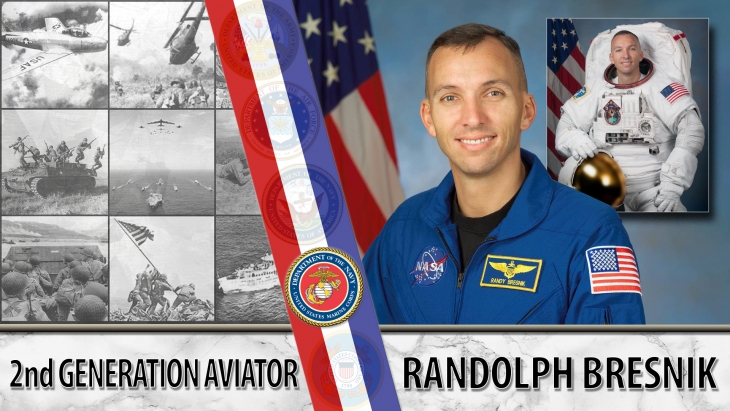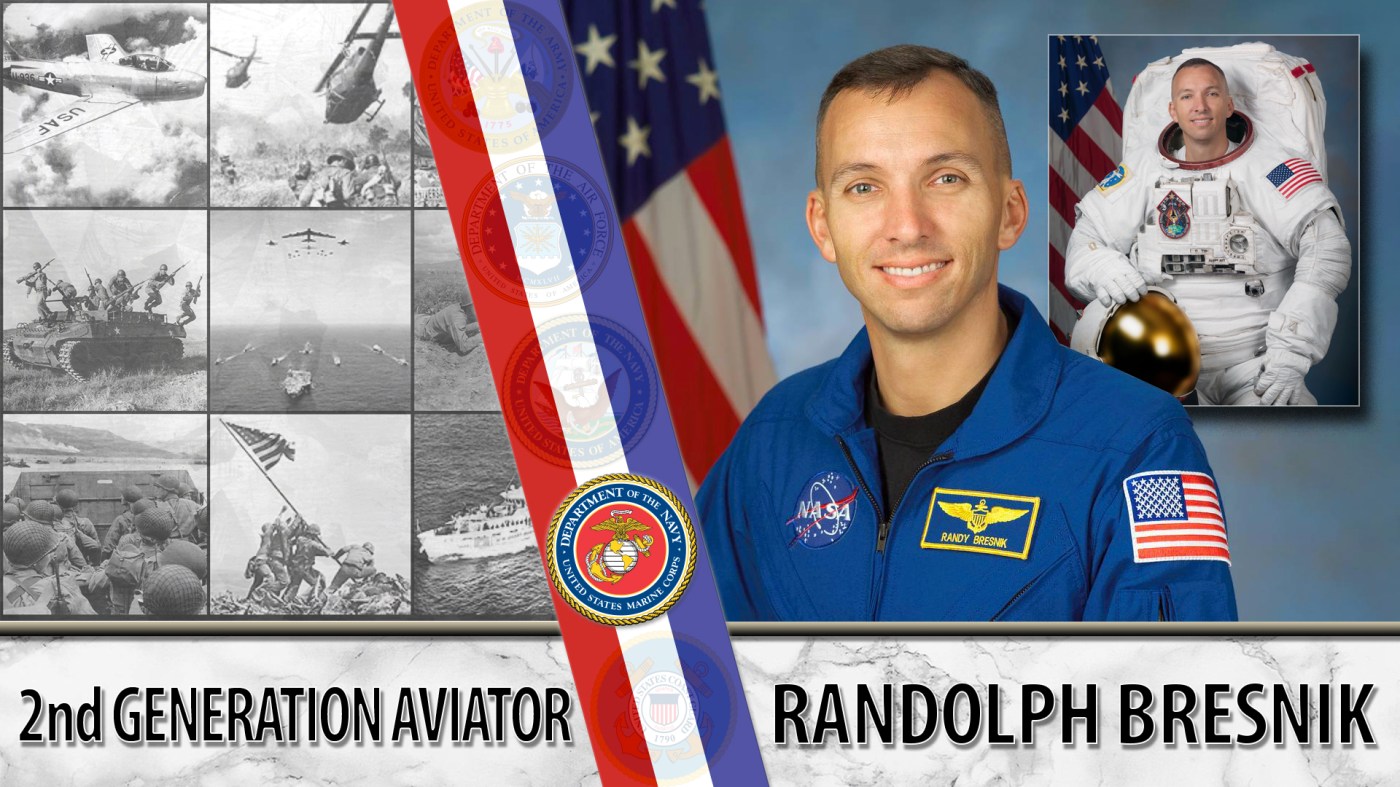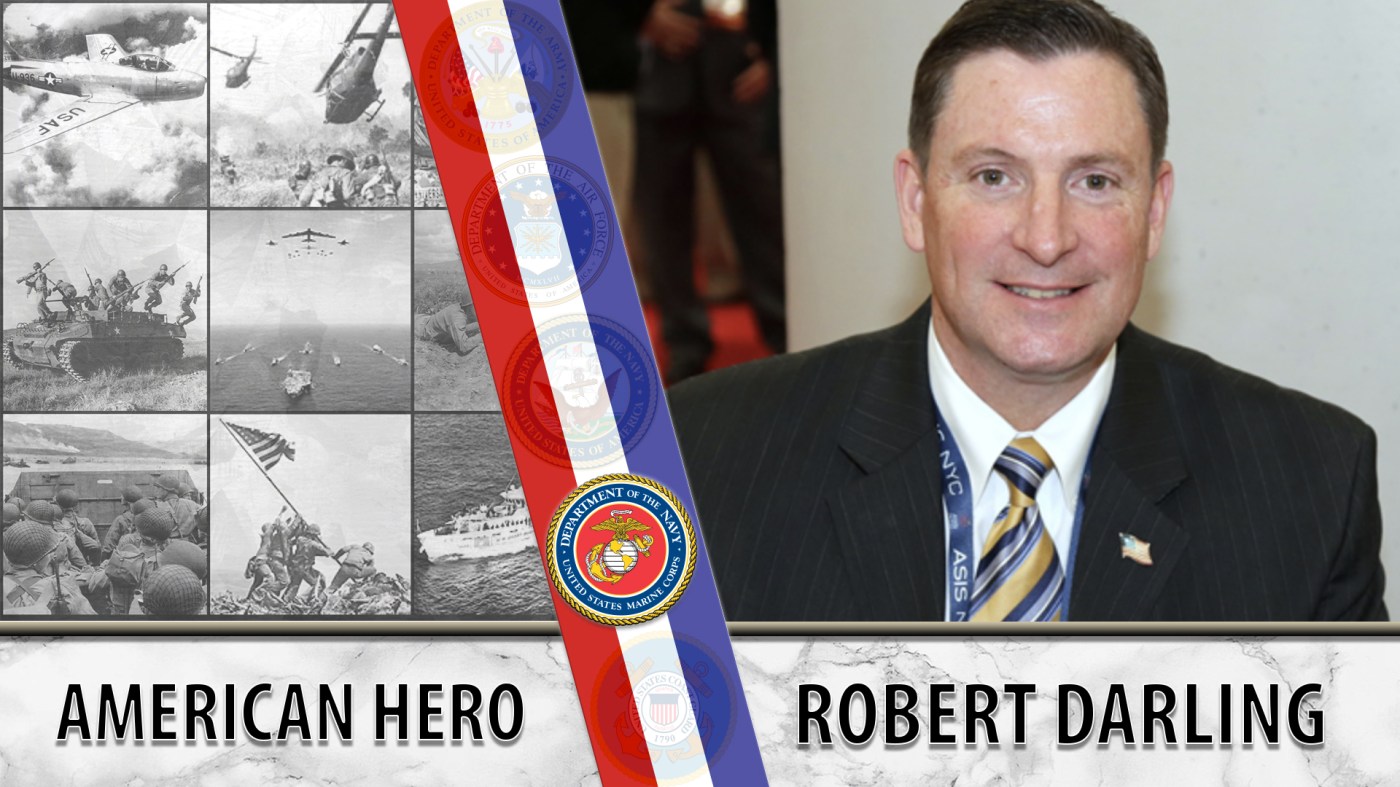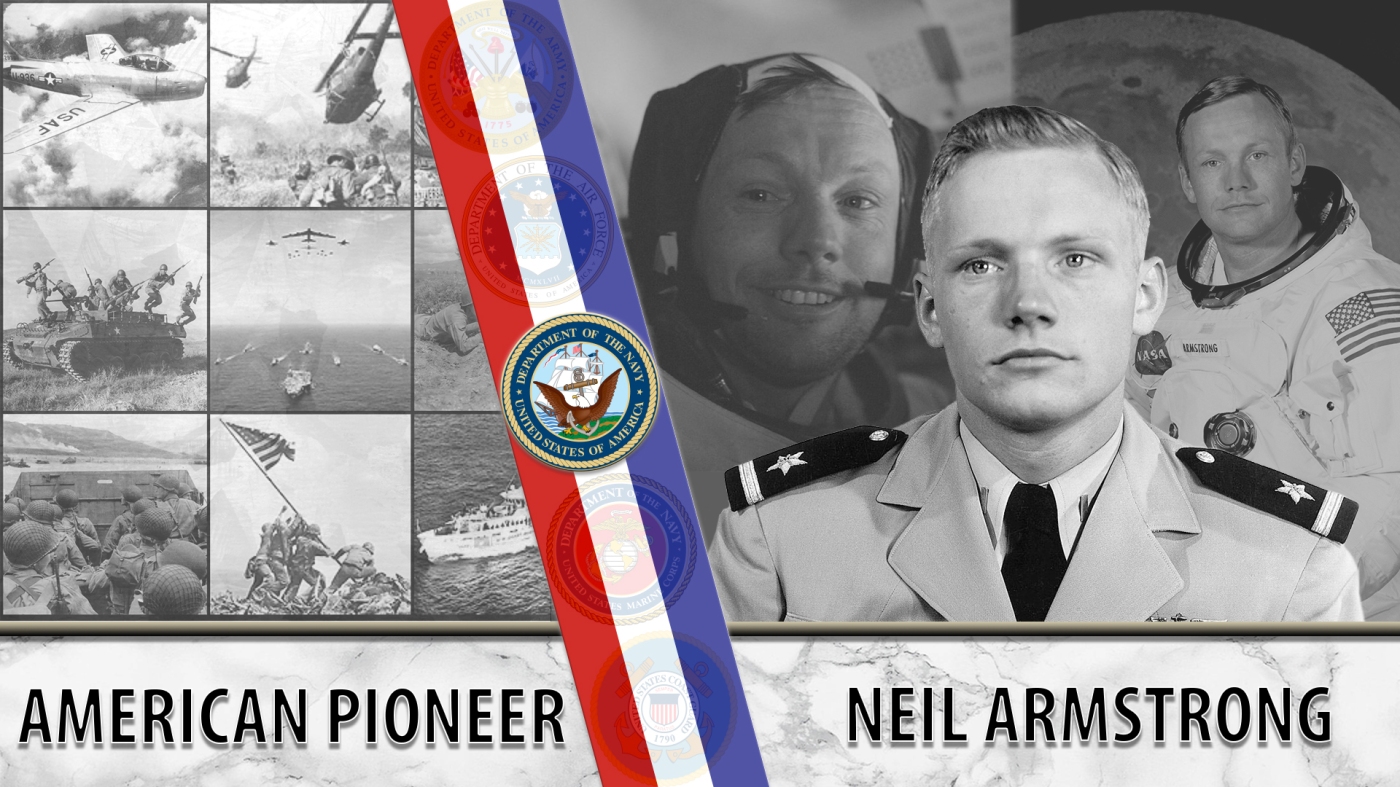
Randolph Bresnik served in the Marine Corps and was later selected to become a National Aeronautics and Space Administration (NASA) astronaut.
As a child, Randolph Bresnik heard stories about his grandfather, Albert Bresnik, working as the personal photographer for the famed aviator Amelia Earhart. His father served in the Army during the Vietnam War as a fixed-wing and rotary-wing pilot, later working for the Los Angeles County Sheriff’s Department as their chief pilot. For Bresnik, flight was a huge part of his family’s life, and he too wanted to become a pilot, too.
“Aviation was always something that fascinated me,” he explained in an interview before the 2009 STS-129 mission, “I was too young to really take in Apollo while it was happening. But certainly, as I became older and saw this stuff going on with space, it was something that really peaked my interest.”
After graduating from high school in 1985, Bresnik attended The Citadel, a military college in Charleston, South Carolina. He joined the Naval Reserve Officers’ Training Corps (ROTC) and, following his graduation in 1989, he commissioned as a second lieutenant in the Marine Corps. Bresnik attended basic training in Quantico, Virginia, before taking on flight training. He was designated as a naval aviator in April 1992 and underwent additional flight training at Cecil Field, Florida. He was first assigned to Marine Fighter/Attack Squadron, VMFA-212 at Marine Corps Air Station (MCAS) Kaneohe Bay in Hawaii. He also flew with a squadron based in El Toro, California, as well as serving in the Western Pacific.
In the winter of 1999, Bresnik was selected to attend the U.S. Naval Test Pilot School. He graduated a year later and became an F/A-18 test pilot, flying the F/A-18 A-D and F/A-18 E/F aircraft. He later served as an instructor at the Test Pilot School, specializing in F/A-18, T-38 Talon and T-2 Buckeye aircraft training. In November 2002, Bresnik was assigned to Marine Aircraft Group Eleven, I Marine Expeditionary Force. When the group deployed to Ahmed Al Jaber Air Base in Kuwait, Bresnik flew combat missions in support of Operations Southern Watch and Iraqi Freedom.
Following his return from overseas, Bresnik was selected to become an astronaut by the National Aeronautics and Space Administration (NASA) in May 2004. He then retired from the Marine Corps as a colonel and went through two years of training. In November 2009, he was selected to join the STS-129 mission to the International Space Station (ISS). According to his page on The Citadel alumni site, during the STS-129 mission, Bresnik recorded two spacewalks that totaled 11 hours and 50 minutes. He also brought two special items with him on his first space mission in homage of his grandfather’s work: one of Albert Bresnik’s Earhart photographs and Earhart’s lucky scarf.
Bresnik has served many roles with NASA. He was on the closeout crew for the final Shuttle Mission STS-135 in July 2011. Closeout crews are tasked with strapping in the crew and closing and sealing the access hatch for flight. Additionally, he was the lead astronaut during NASA’s three-year partnership with the SpaceX Company.
In 2010, Bresnik participated in the European Space Agency (ESA)’s Cooperative Adventure for Valuing and Exercising human behavior and performance Skills (CAVES) mission in Sardinia, Italy. CAVES was the first spaceflight exploring, mapping and living deep beneath the surface of the Earth in preparation for space exploration. Bresnik also participated in NASA’s Extreme Environment Mission Operation (NEEMO 19). Located six miles off the coast of Key Largo, Florida, and 62 feet below the surface of the Atlantic Ocean, the purpose of this mission was to test technology and training that could be used by ISS astronauts for future deep space exploration.
Bresnik’s final two spaceflights were ISS Expedition 52 and 53 in 2017 in conjunction with ESA and Russian cosmonauts. He served as a flight engineer on a Russian spaceship during Expedition 52 and was commander of the ISS during Expedition 53. He performed three spacewalks during both missions, totaling 20 hours and 10 minutes. Currently, Bresnik is the assistant to the chief of the Astronaut Office for Exploration, working with crews to develop and test aircraft for NASA’s planned return to space, the Artemis mission.
Bresnik received many awards over the course of his service, including a Legion of Merit, three Strike/Flight Air Medals and a Presidential Unit Citation.
When asked about how history will remember the ISS, Bresnik stated, “You don’t look back at the pyramids or the Eiffel Tower, the Empire State Building, nobody talks about their cost. [What will be remembered is] the audacity of the challenge… that humans have gotten together around the globe to make this thing… [that] allows us to go out far beyond low earth orbit. And so, I think history will look very fondly upon the International Space Station and what it took for us to make that initial step.”
We honor his service.
Writer: Sarah Concepcion
Editors: Julia Pack, Brooke Wolfenbarger
Researcher: Carl Wesseln
Graphic Designer: Kiki Kelley
Topics in this story
More Stories
Bernie Webber led one of the greatest Coast Guard rescues in history that was later chronicled in the book and movie, “The Finest Hours.”
As the events of 9/11 unfolded, Marine Veteran Robert Darling served as a liaison between the Pentagon and Vice President Dick Cheney in the underground bunker at the White House.
NASA astronaut Neil Armstrong was the first person to walk on the moon. He was also a seasoned Naval aviator.






